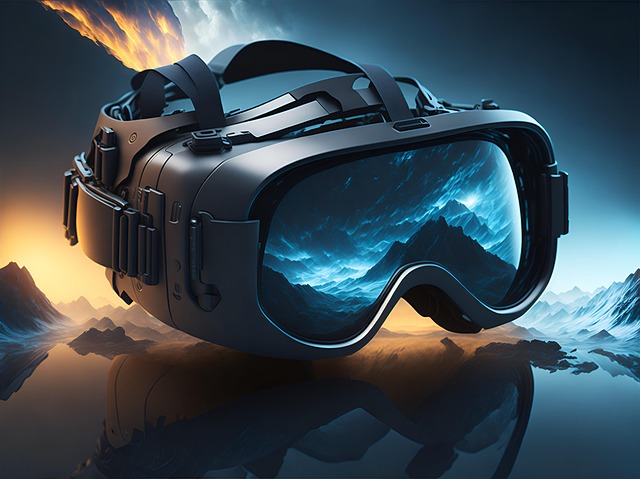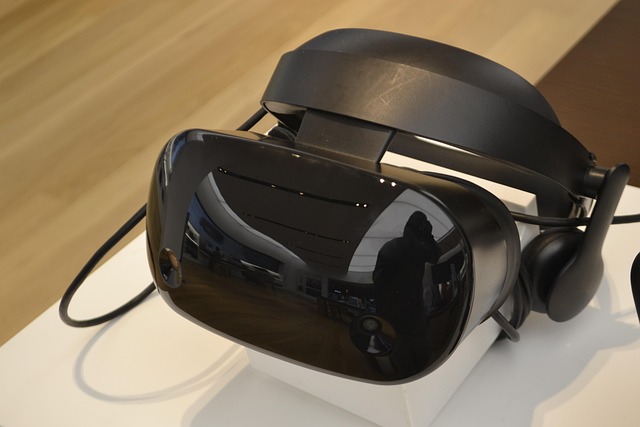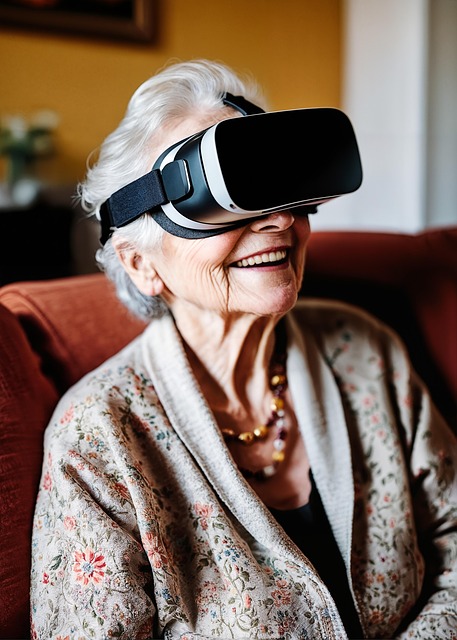The real estate industry is experiencing a significant transformation with the advent of immersive 3D home viewing technology, enabling potential buyers to virtually explore properties from their own spaces. This revolutionary approach, leveraging virtual reality, provides a comprehensive and realistic perspective of properties, enhancing decision-making processes. While implementation requires substantial investment and technical expertise, and there are concerns about reducing physical visits, evolving rendering technologies promise to make home viewing more efficient, accessible, and engaging, shaping the future of real estate.
Experience real estate like never before! Immersive 3D home viewing experiences are transforming the way we explore properties. This cutting-edge technology offers a virtual reality (VR) journey through potential dream homes, revolutionizing traditional real estate practices. From creating lifelike digital spaces to providing remote access for buyers worldwide, these innovative solutions enhance engagement and convenience. Dive into this exploration of how immersive tech is reshaping the future of property tours, offering a glimpse into the exciting possibilities ahead in the realm of real estate.
Revolutionizing Real Estate: The Rise of Immersive Technology

The real estate industry is undergoing a significant transformation with the advent of immersive technology, particularly in the realm of home viewing experiences. Traditionally reliant on physical inspections and 2D representations, the market is now witnessing a revolution where potential buyers can explore properties in a whole new dimension. Immersive 3D home viewing offers an unprecedented level of engagement, allowing clients to virtually walk through homes as if they were actually there.
This cutting-edge technology provides a competitive edge for real estate professionals by enhancing the buyer’s journey. With just a virtual reality headset, buyers can gain a deeper understanding of a property’s layout, design, and features from the comfort of their own space. The rise of immersive tech in real estate promises to democratize home viewing, making it more accessible and interactive, ultimately shaping the future of how we discover and connect with our living spaces.
Creating a Virtual Home Viewing Experience

In today’s digital age, real estate is evolving beyond traditional boundaries. One innovative approach gaining traction is the creation of immersive 3D home viewing experiences. By leveraging virtual reality technology, potential buyers can virtually walk through properties from the comfort of their own homes. This cutting-edge method offers a more engaging and accessible way to explore real estate listings, transcending the limitations of static photos and floor plans.
Imagine stepping into a prospective home without physically setting foot inside. With 3D viewing, you can navigate each room as if it were a virtual reality game, examining every detail from different angles. This immersive experience not only enhances the buyer’s understanding of the property but also allows them to visualize their own lives within the space, fostering a deeper connection and potentially speeding up the decision-making process.
Benefits and Challenges: Shaping the Future of Property Tours

Immersive 3D home viewing experiences are transforming the real estate industry, offering both significant benefits and unique challenges. On the positive side, these virtual tours provide potential buyers with a more comprehensive and realistic perspective of properties, enabling them to make informed decisions from the comfort of their own homes. By simulating an in-person visit, 3D technology allows viewers to navigate rooms, assess layouts, and visualize design elements as if they were there, enhancing the overall buying experience.
However, implementing immersive 3D tours also presents several hurdles. Creating high-quality, accurate digital representations requires substantial investment in technology and expertise. Ensuring a seamless viewing experience across various devices and platforms can be technically demanding. Additionally, there are concerns about the potential for over-reliance on virtual tours, which might reduce the importance of physical property visits. Despite these challenges, as 3D rendering technologies continue to evolve, they promise to shape the future of real estate by making home viewing more efficient, accessible, and engaging for all involved parties.






